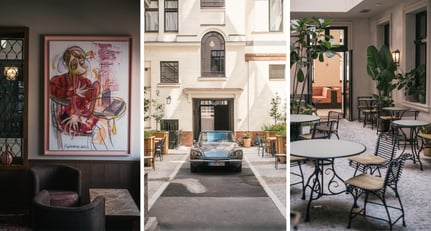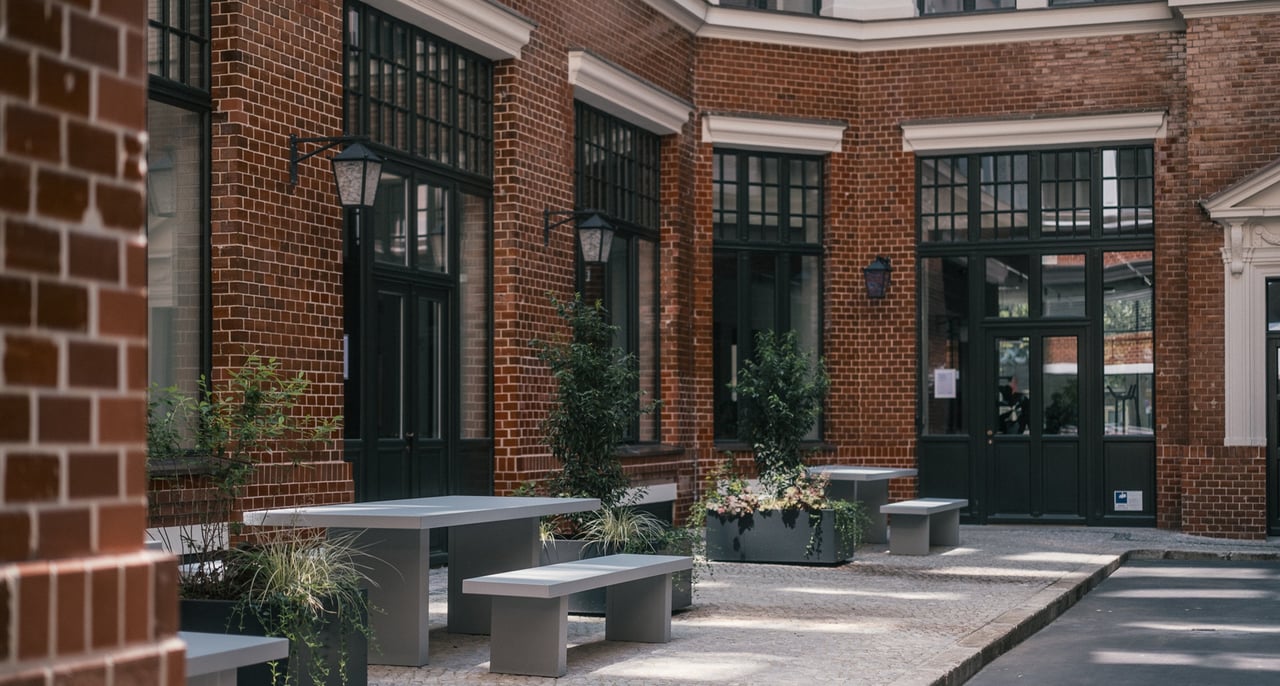
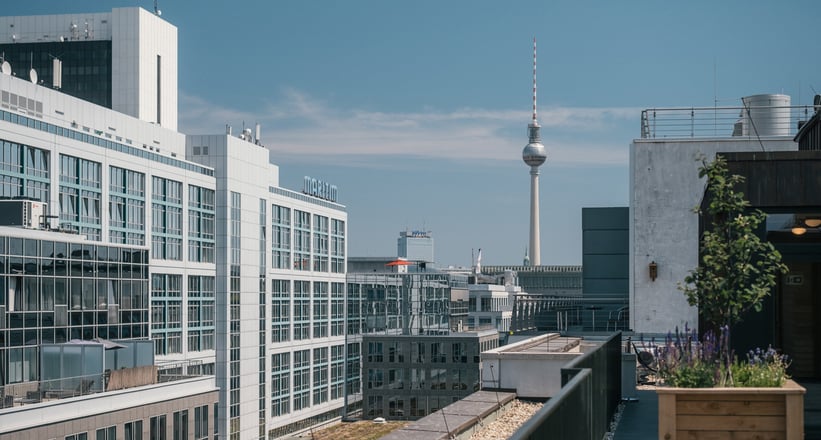
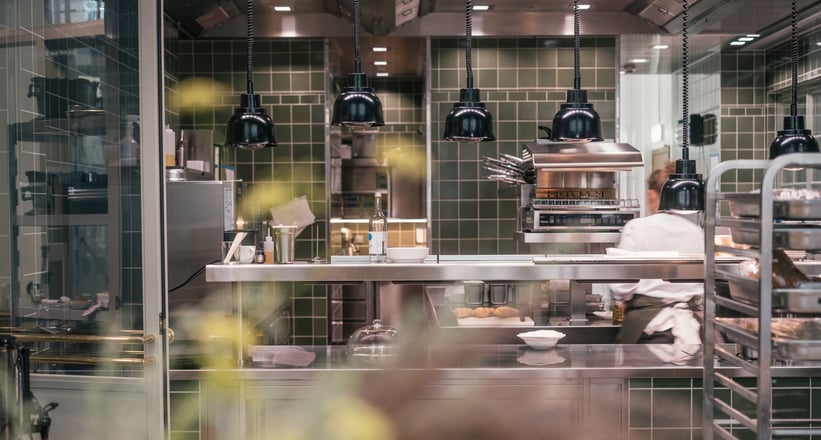
Tom Hanks, Leonardo DiCaprio, Scarlett Johansson, Al Pacino, Charlize Theron and George Clooney. When in Berlin, these superstars of the silver screen usually get spotted at one of Chateau Royal’s “patchwork family” sister establishments: Grill Royal, Le Petit Royal or Kin Dee. These city hotspots, which are mostly focused on the culinary arts, were the inspiration for what is Berlin’s newest and most stylish boutique hotel. One which - as the owners and creators of the ‘Chateau’ say in their own words - combines elements of a classic grand hotel with a contemporary feel and sensibility.
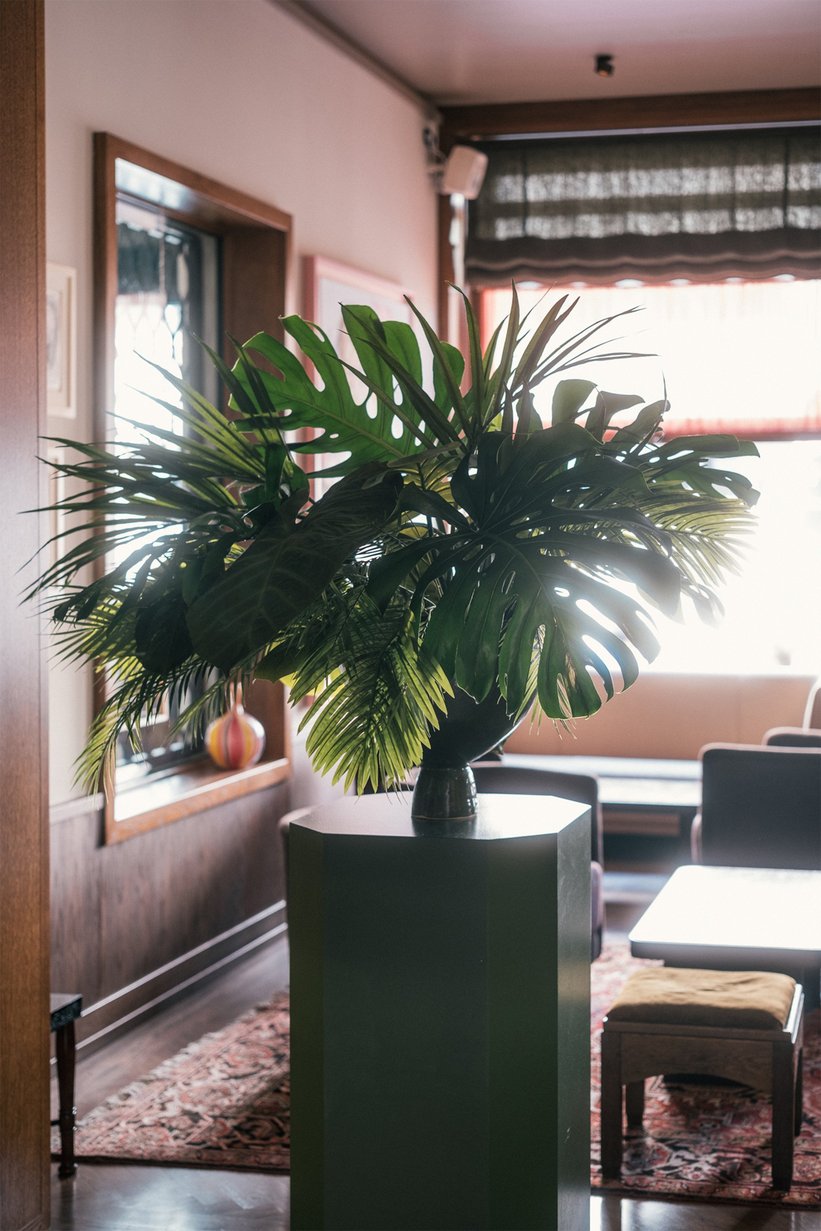
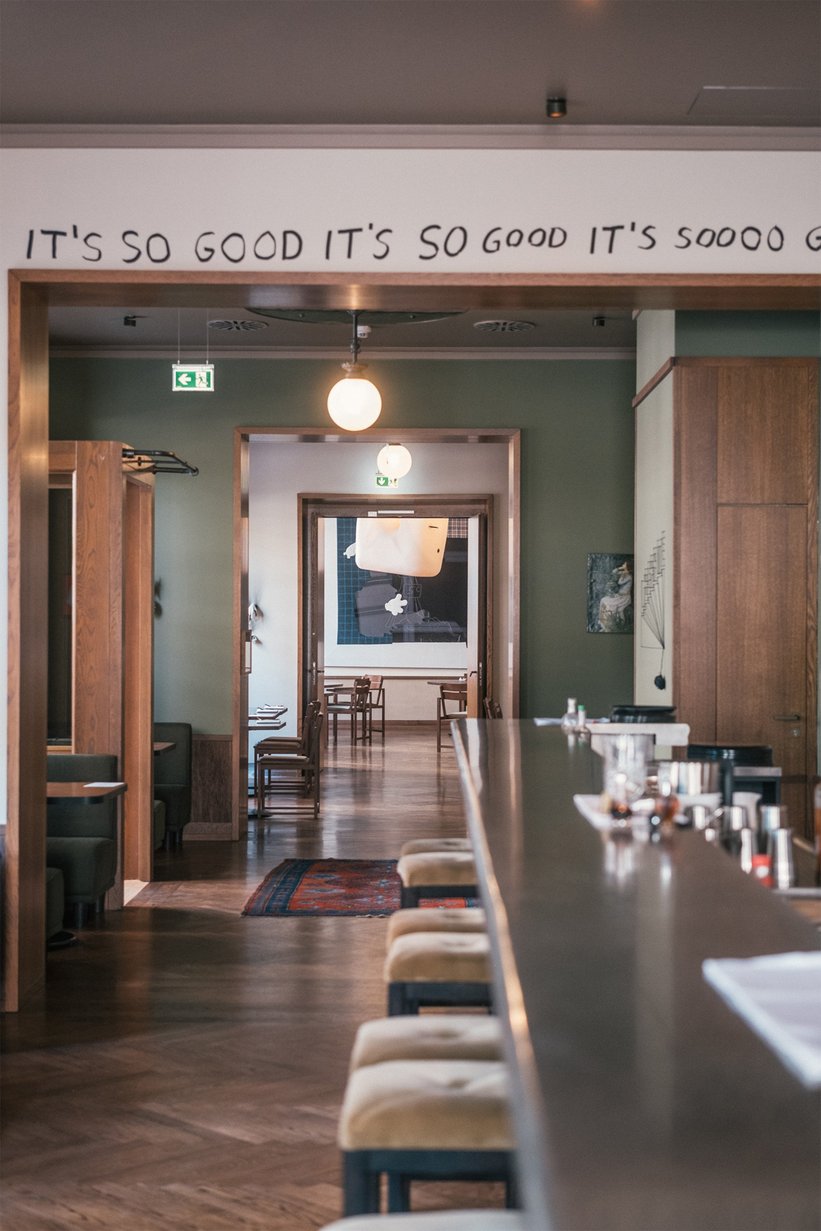
We at Classic Driver are obsessed with unique experiences, especially if they are centred around design, art and a personalised, quiet luxury with a focus on sustainability, so whilst in Brandenburg on the occasion of our Gran Futurismo event, we couldn’t just have stayed somewhere else. Especially as, since it opened, Chateau Royal was advertised to us by “those in the know” as an absolute jewel. Conveniently it is also located not only right in the middle of Mitte—just one street away from the Brandenburg gate—but more importantly, it’s just a ten minute walk from the legendary power station turned club turned Bugatti Design Studio - E-Werk - which was our Gran Futurismo event venue. The stars aligned, and so to Berlin we went.


Straight from the hellish Berlin-Brandenburg Airport, having been picked-up by our Flitzer friends—Dirk, Marek and Thorsten—with a sigh of relief we jumped into three separate classic cars and made our way into town. Picked to match the style of the establishment, these machines themselves can also be considered to be modern art, and were on several occasions displayed in places like New York’s MoMA as examples of cars being more than just transportation.

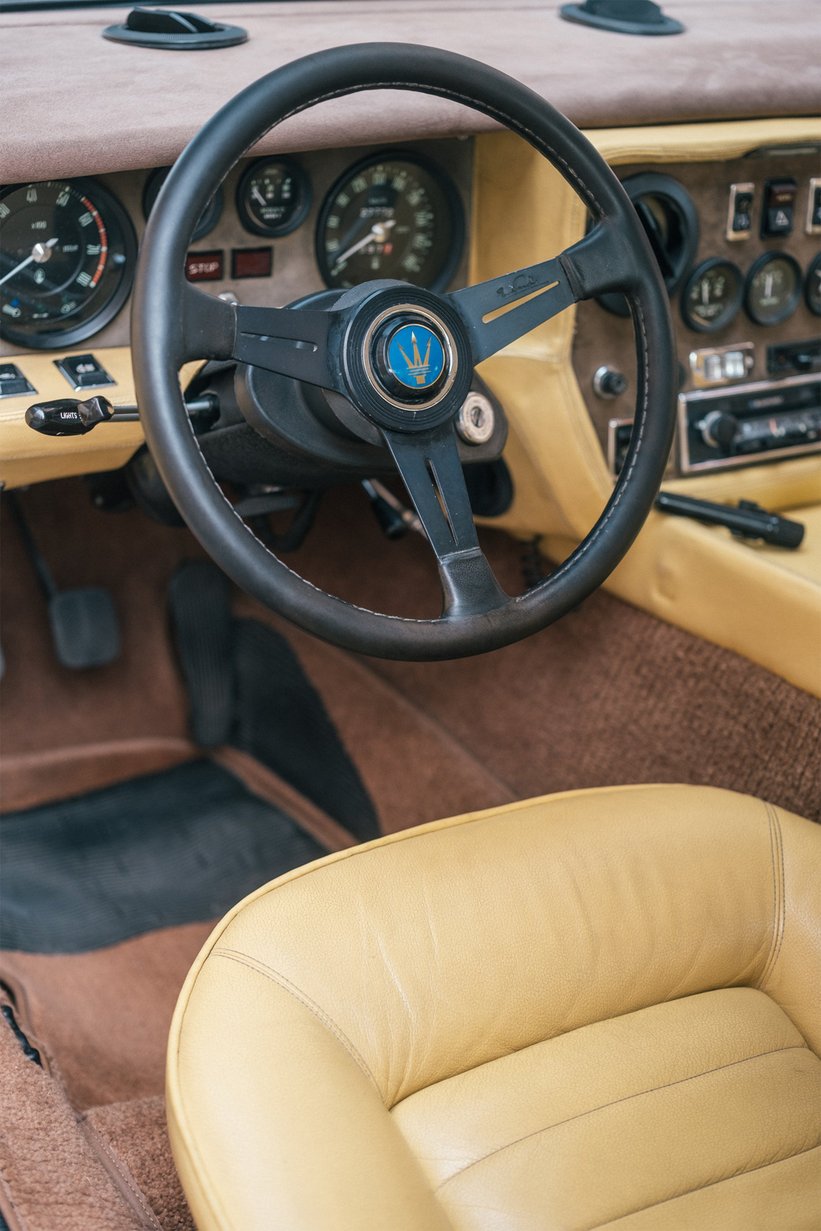
The convoy consisted of two Gandini-designed Maserati Khamsins in two different shades of green, and a Citroën DS Décapotable with coachwork by Henri Chapron. A consistent automotive theme, but not only because their revolutionary styling that pushed the envelope of what a car could look like at the time.
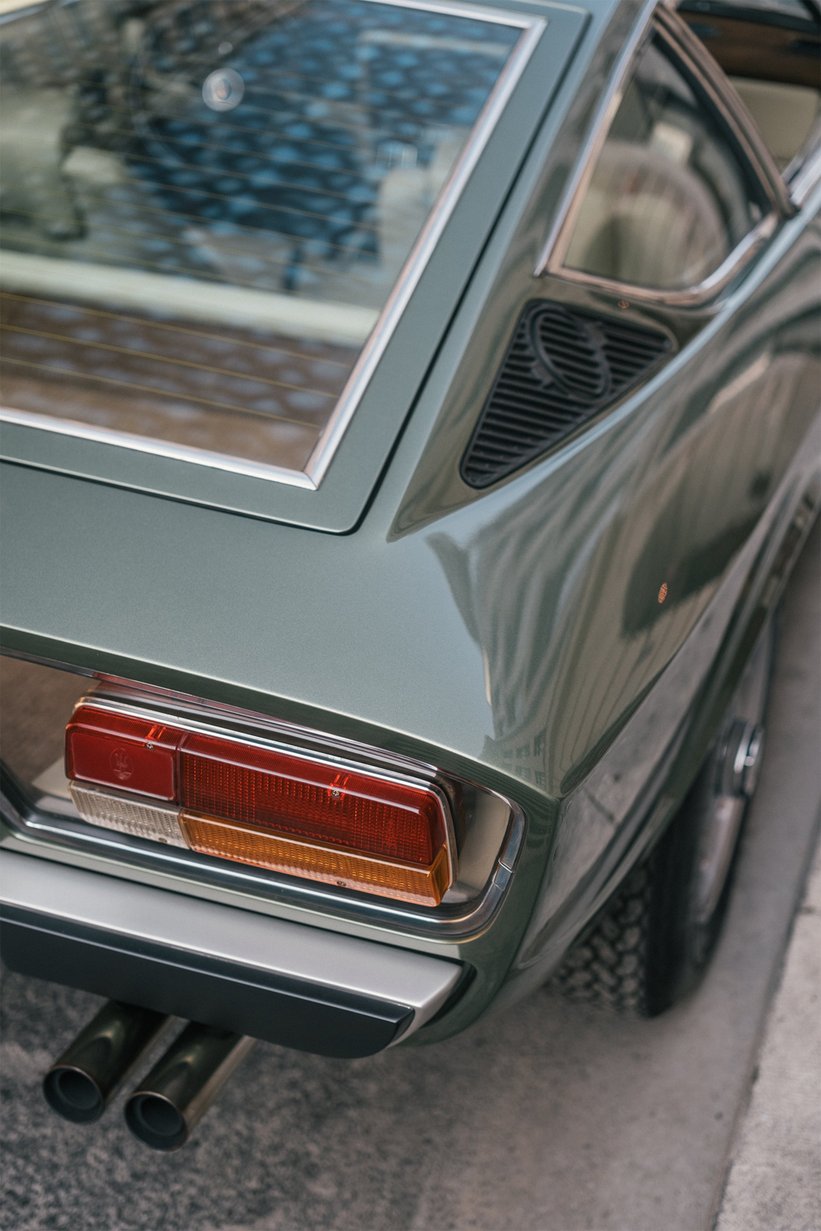
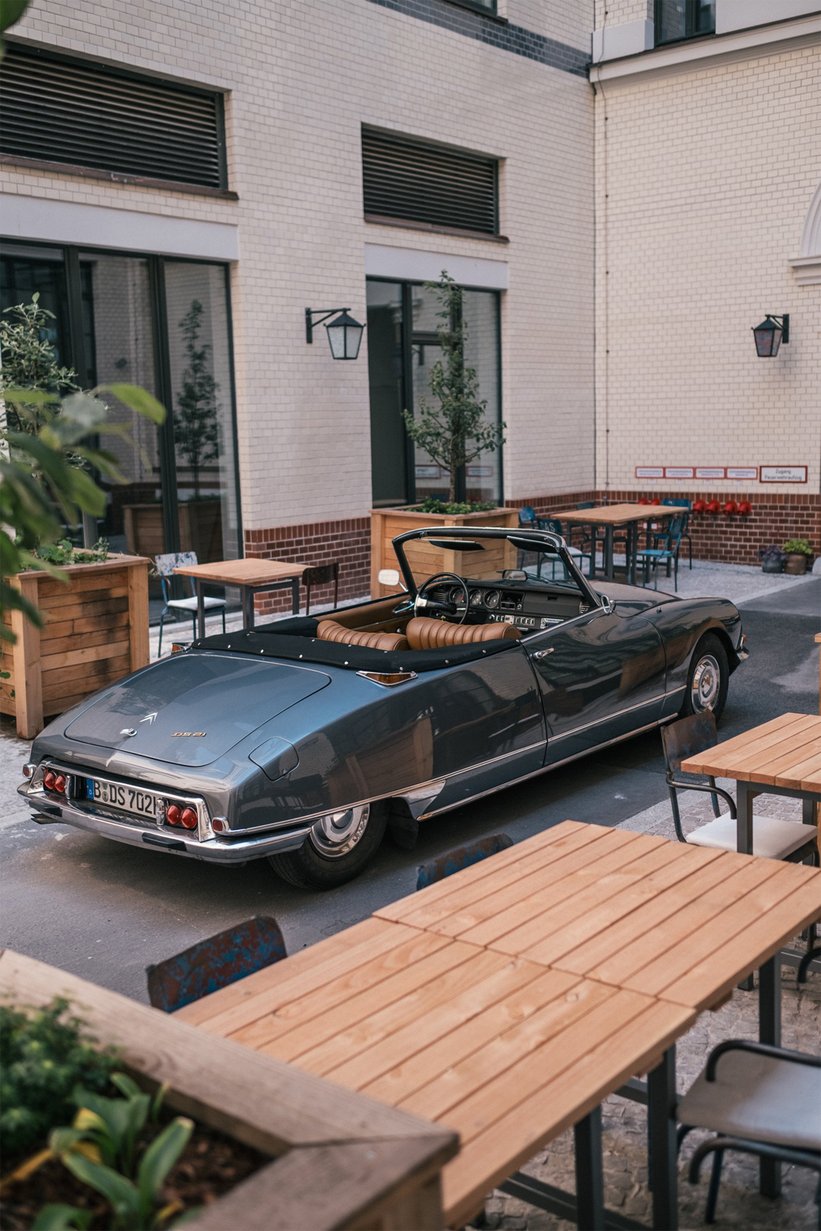
They are also linked by common technology: the Khamsin uses Citroën hydraulics (Maserati was part of the French brand from 1968 to 1975), which make it notoriously tricky to drive unless you know what you are doing. Twenty five minutes of V8 burble and ‘magic carpet’ ride comfort later, we pulled up to the door of the freshly renovated building and the entrance of the hotel.

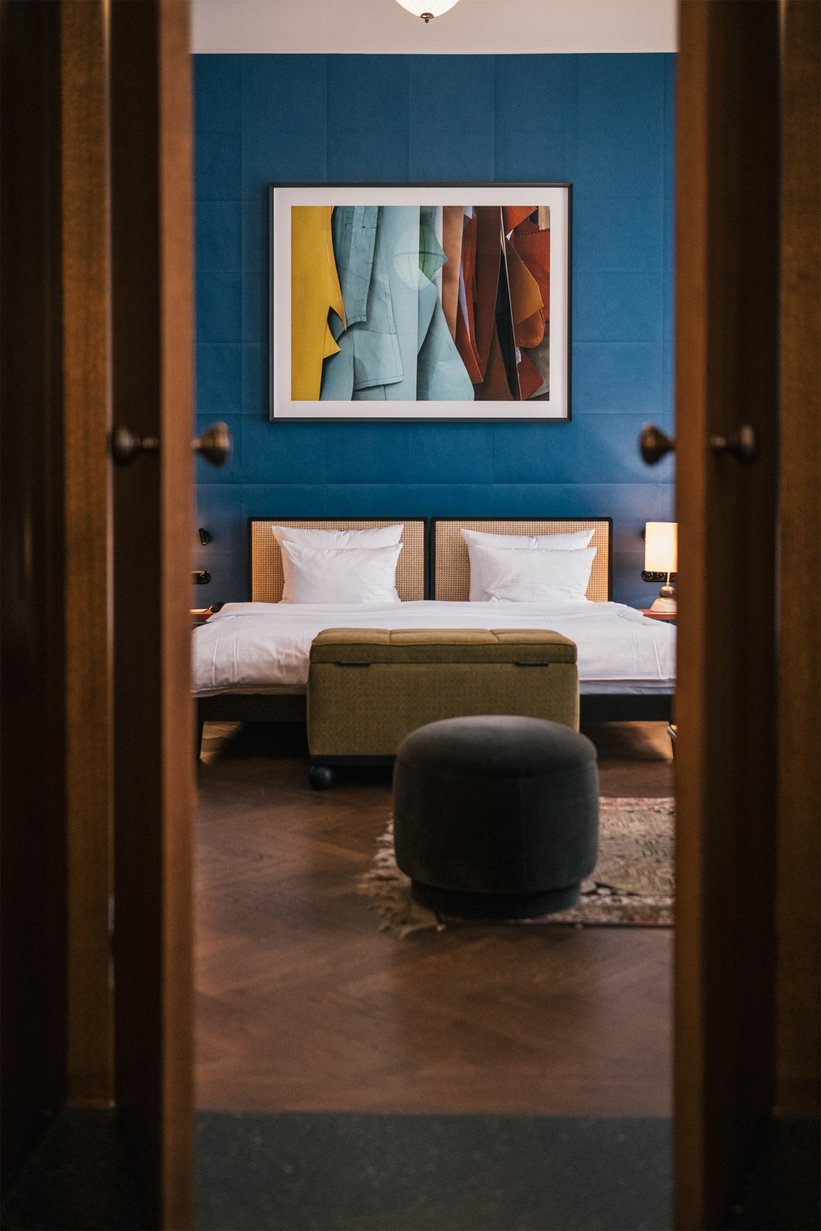
After a quick check-in, we immediately embark on a tour of the Chateau. There are 93 rooms in total, spanning over five floors. 26 of these are suites, with those located in the building’s tower being the hottest and most difficult to book. One room is an apartment if you fancy living permanently in a hotel, while playing “The Royal Tenenbaums” on repeat, if only to savour the parallels with your own life. Each room is different and each has a work by a different contemporary artist with strong ties to the city installed for permanent display. The artist’s name, in case of doubt, is always written on the door frame, and the room style and space is created not only to be cosy, well designed and welcoming, but also to compliment the style of the art.

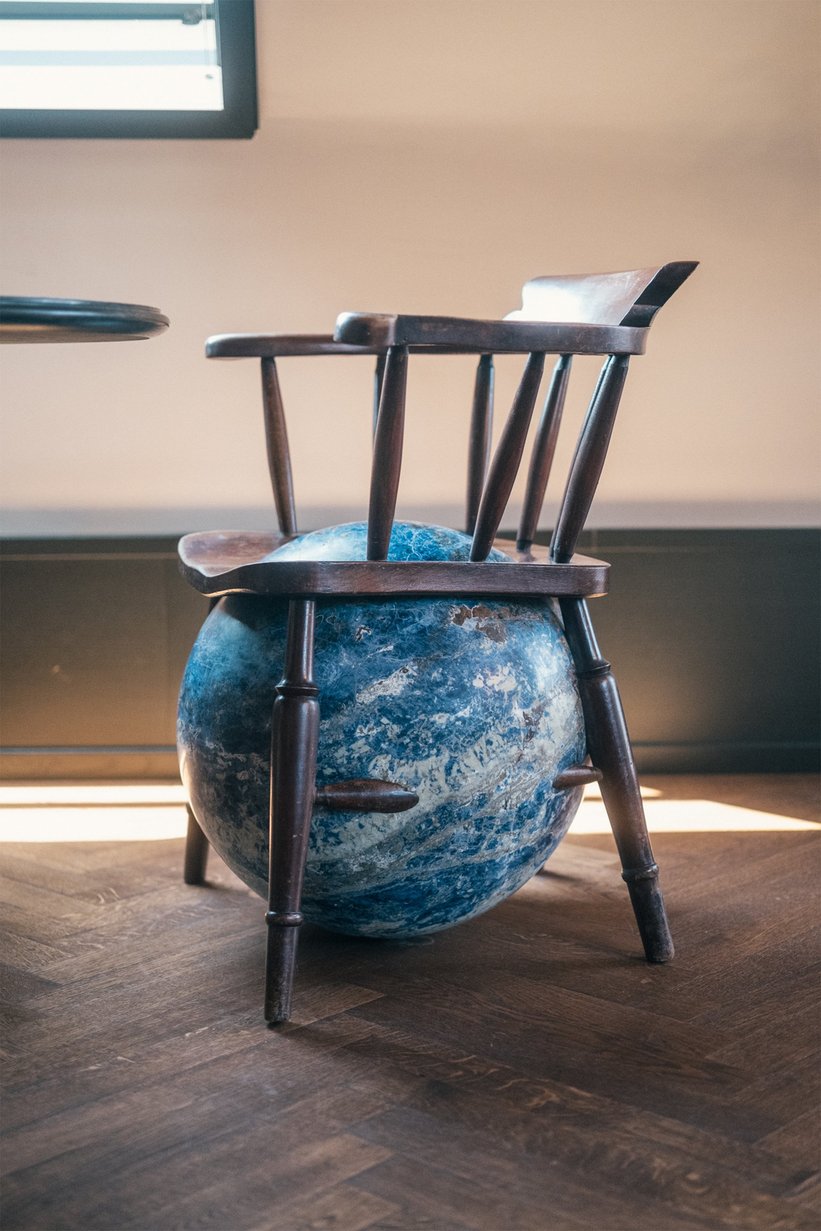
These works are both a reference to Berlin’s unique character, and are also thought provoking and sometimes even a bit playful. Like a piece of “meteorite” rock that pierces one of the windows, a guard rail that doesn’t lead anywhere or do anything, or a mirror in which you can’t see your face’s reflection because it’s always blocked by a “mask” glued to its surface made out of a map of Berlin. Others are just decorative pieces, which contribute to the unique atmosphere created by the design of the space - like a chair that sits on top of a gigantic globe.
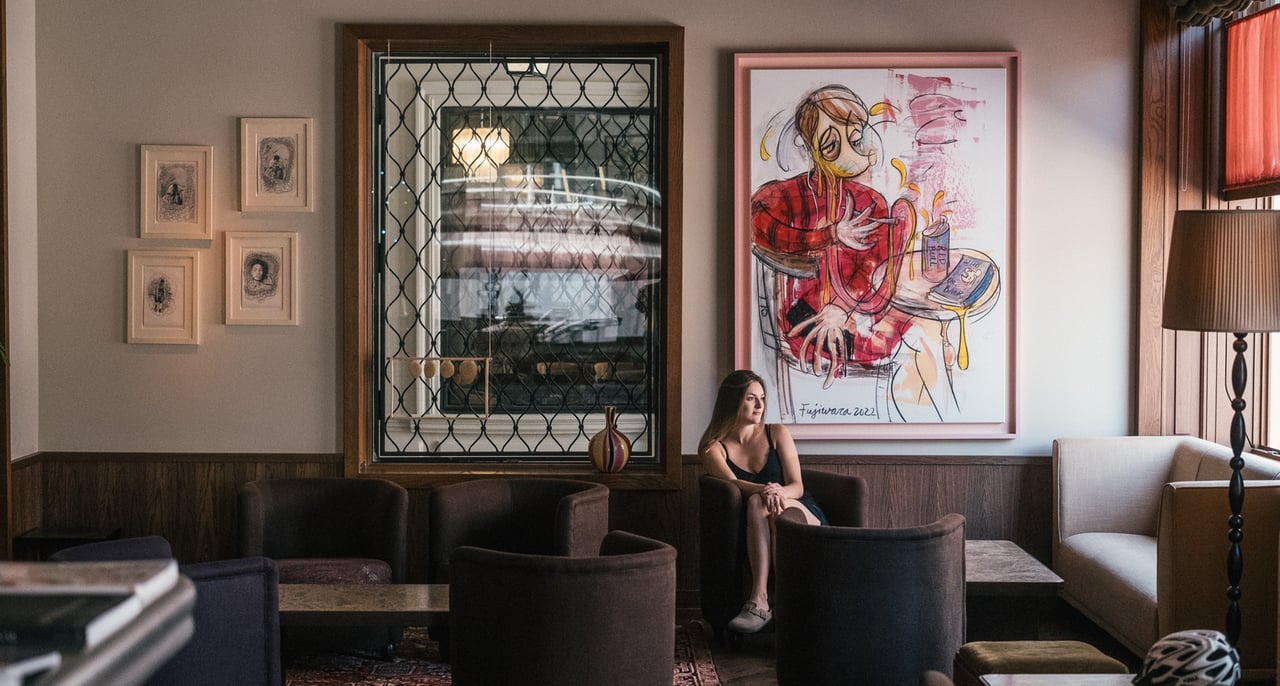
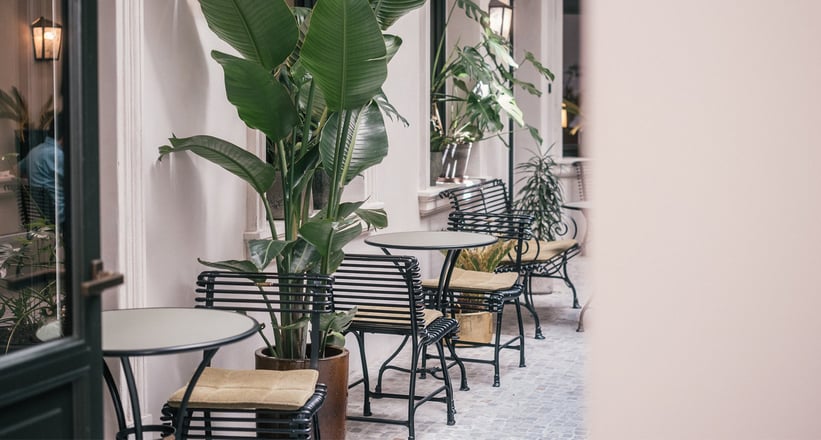

Materials popular in Berlin's heyday at the turn of the 19th and 20th century define the room interiors as well as the style of the public spaces: the lobby, hotel bar, restaurant, as well as the private dining room, fireside lounge and winter garden. Colourful marble, herringbone parquet, oak, nickel and handmade craquele tiles are a contemporary twist on the city’s bohemian identity.
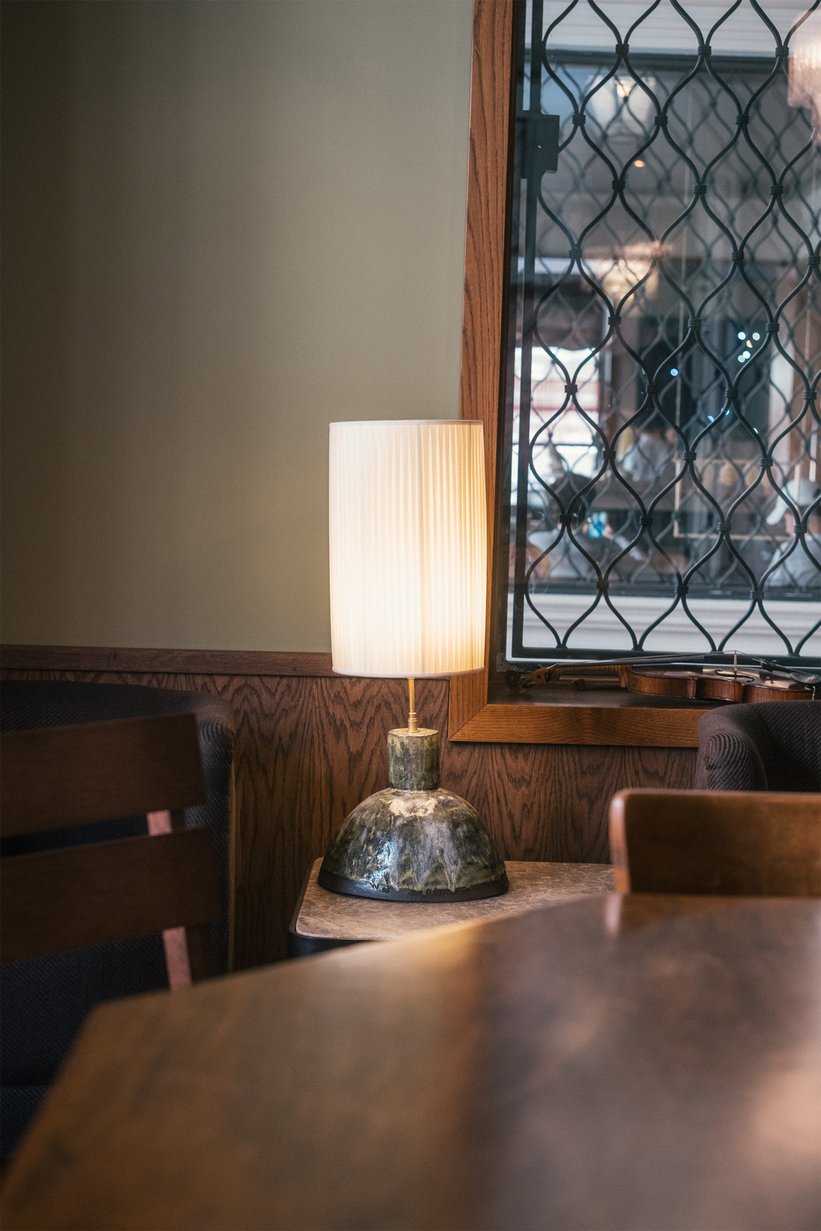
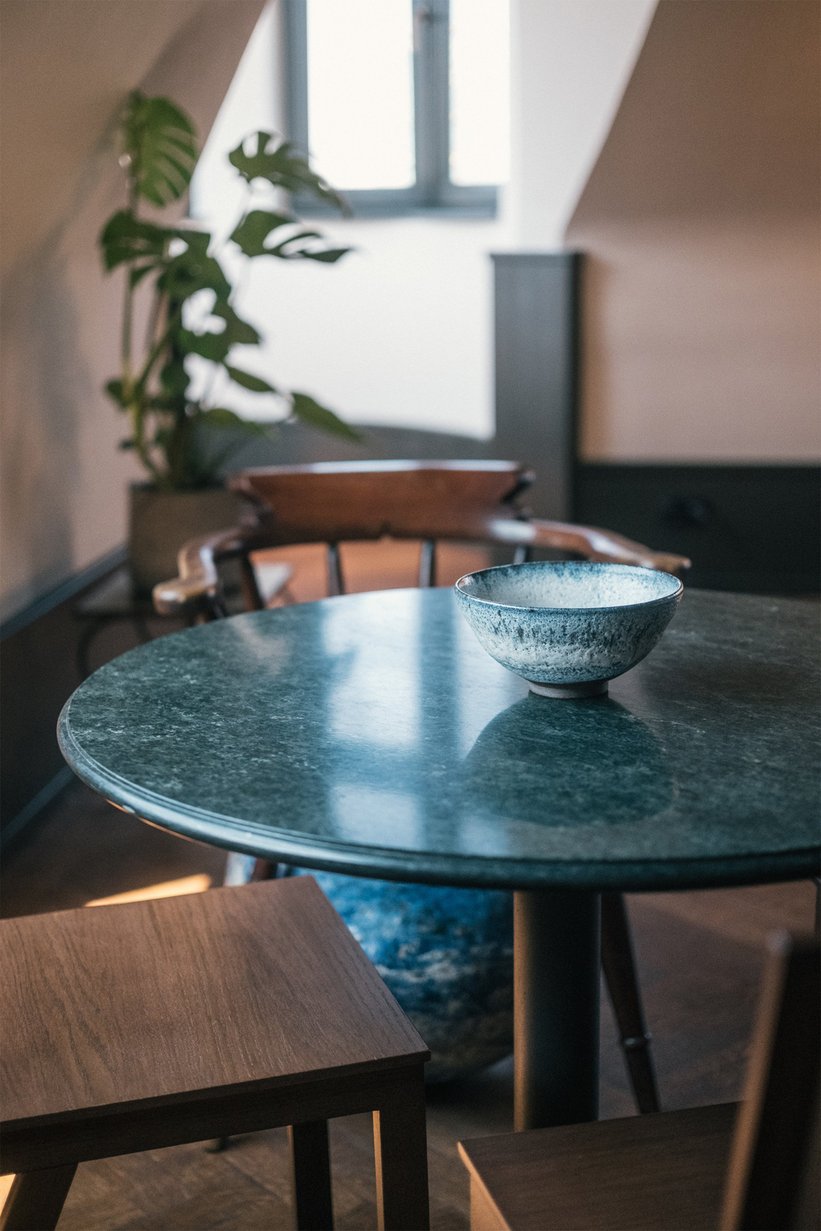
The design itself is the work of one of the owners, who also created all the bedside and table lamps in the building, each one unique. It mixes in custom made furniture with vintage pieces bought, found and reclaimed. Their natural patina gives this in essence brand-new establishment a more authentic character.
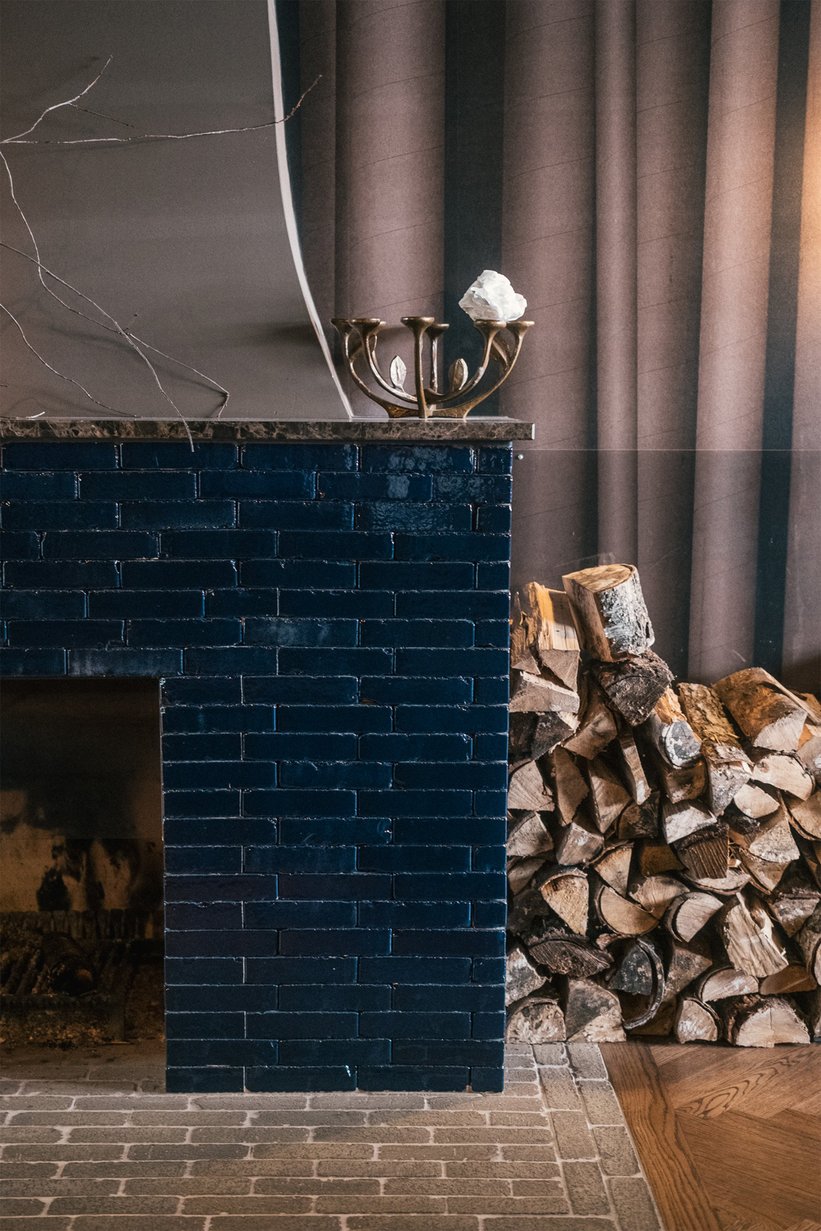
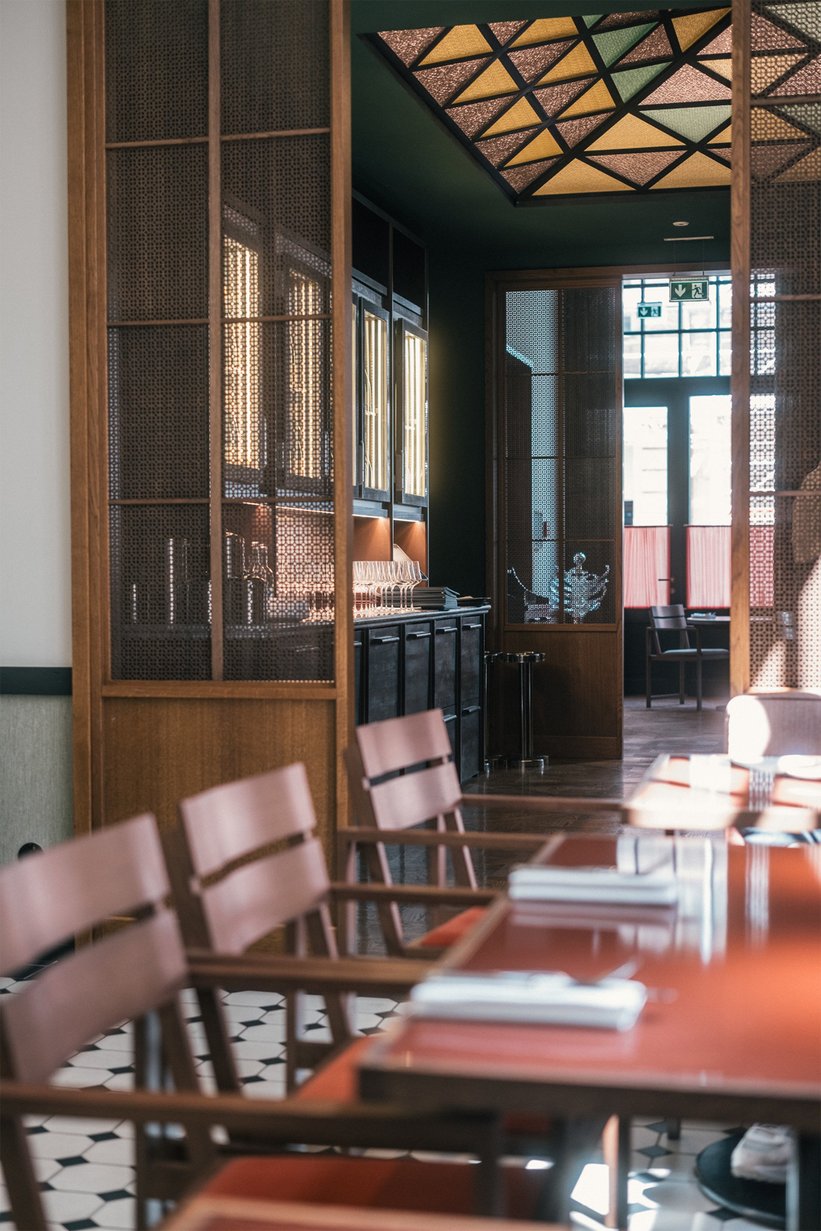
Soaring ceilings between three and four metres high give a generous sense of space and large windows provide an abundance of natural light. This highlights the colour schemes of each room (our favourite - the cobalt blue suite). Guests’ practical needs are also catered to: heated floors, big bathtubs, walk-in rain showers, as well as a hidden away kitchen (in the tower suites) and equally hidden smart TV sets, are elements not absent from what feels like walking through an album on art and interior design. As sustainability is a big part of Chateau Royal’s philosophy all mattresses are made from natural latex, the bedding is not only natural, but also hypoallergenic and all the bathroom products are organic and vegan.
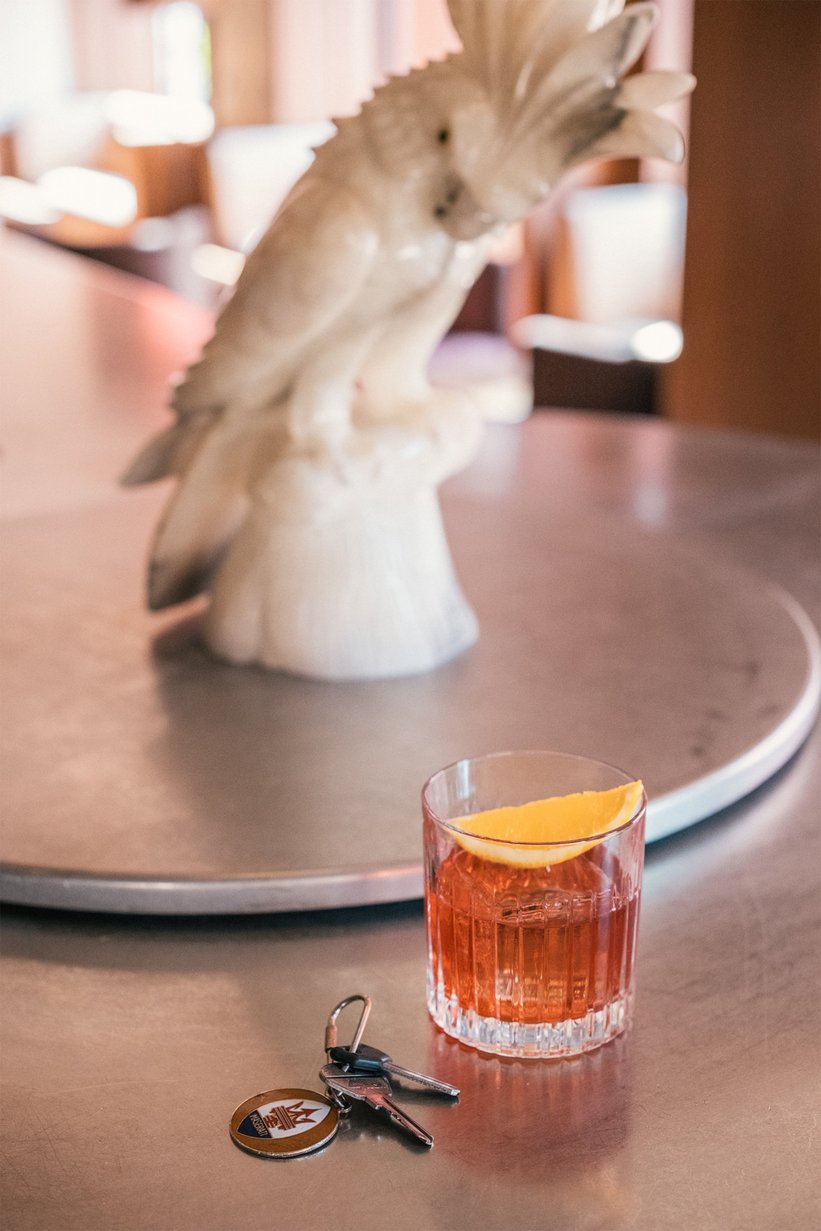

We unpack and head to the Dóttir restaurant downstairs (Icelandic for “daughter”), the two Khamsins and the Citroën parked kerbside are visible through the large, open windows overlooking the street. Immediately feeling at home, we simply know that from now on it will be impossible to stay anywhere else while in the German capital. This sounds so good that we order a Negroni to celebrate. Prost!
Photos by Błażej Żuławski
